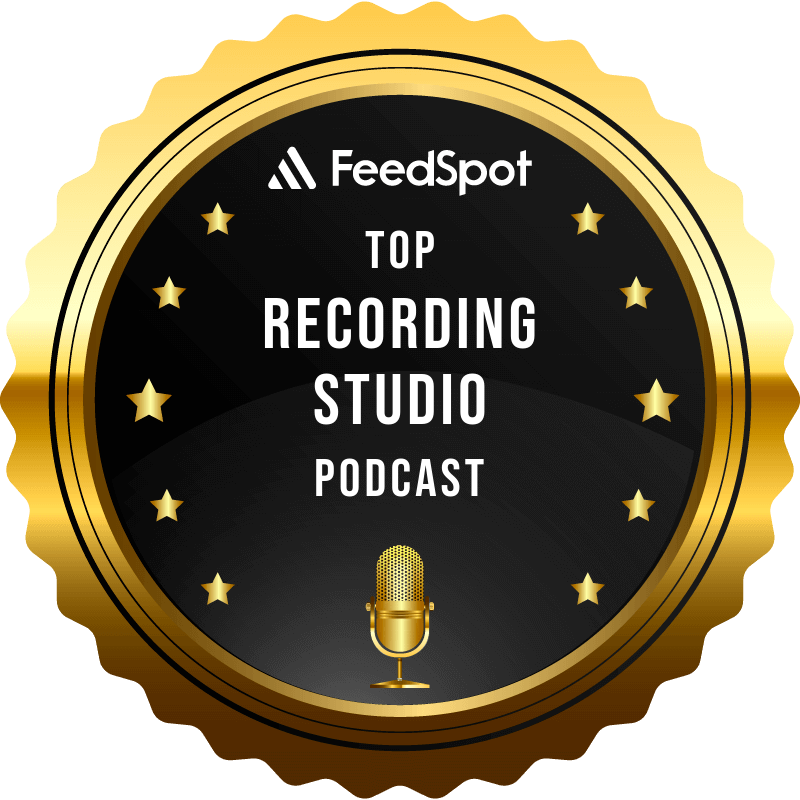Exploring the SSL 4000 Console
Few pieces of gear are as legendary in the world of music production as the SSL 4000 console. Its punchy sound, intuitive workflow, and unmistakable sonic character have shaped countless hit records across decades. In this episode of Inside the Recording Studio, Chris and Jody strap in and take you on a guided tour through the history, the features, and the undeniable magic of the SSL 4000.
They kick things off with a brief history of Solid State Logic—from the company’s beginnings to how the 4000 series quickly became a staple in professional studios worldwide. From there, it’s straight into the nuts and bolts:
- Inputs: how signals enter the desk and the sonic footprint they leave.
- Dynamics: compressors, gates, and expanders that give tracks punch and control.
- EQ: the sweet, aggressive, unmistakable SSL curves that can bring a mix to life.
- Filters: high-pass and low-pass shaping tools that keep mixes clean.
- The “SSL Sound”: what makes this board instantly recognizable and why engineers still chase it today.
Chris and Jody don’t just geek out on features—they explain why the SSL workflow matters and how the 4000 has influenced DAW design, plugin emulations, and modern studio setups. They also highlight how the board’s architecture still informs the way producers and mix engineers think about recording setup tips and hidden features in studio gear.
And, because this is Inside the Recording Studio, it’s not all tech talk. Expect humor, stories, and a sprinkle of nonsense along the way. Whether you’re running an SSL plugin in your home studio gear setup or you’ve had the chance to sit behind the real thing, this episode will give you a deeper appreciation for one of the most iconic consoles in recording history.
Plus, don’t miss this week’s Friday Finds, where Chris and Jody share new tools and ideas to keep your workflow sharp.
By the end, you’ll understand not just the anatomy of the SSL 4000, but why it’s still considered one of the most important boards in the history of recorded music.
******************************
Gear we used:
Jody’s Mic & Voice Chain: Telefunken C12 – Groove Tubes Vipre – Apollo – UA Neve 1073 – UA LA2A – UA Studer A800
Jody’s Channel Strip: iZotope RX Spectral DeNoise – iZotope RX Mouth DeClick – UA Neve 1073 – UA LA2A – UA 1176E
Chris’ Mic & Voice Chain: Slate ML1 – Apollo – UA – Slate VMR (FG12, FG73, API Eq, SSL 4kE) – iZotope RX Voice – DeNoise
Chris’ Channel Strip: Eventide Precision Time Align – iZotope RX Spectral DeNoise – iZotope RX Mouth DeClick – UA Neve 1073 – UA LA2A – UA 1176E
Master: Oek Sound Soothe 2 – iZotope Ozone Imager – iZotope Ozone Maximize.
******************************
If you want to collaborate, sponsor a podcast, donate, or want us to review your product – contact us at: collaborate@insidetherecordingstudio.com


